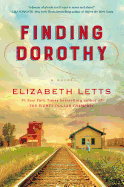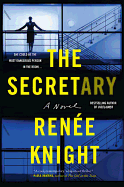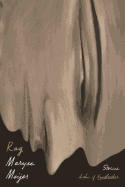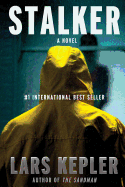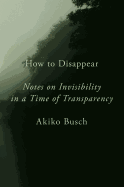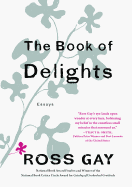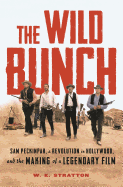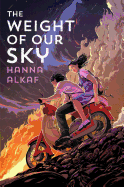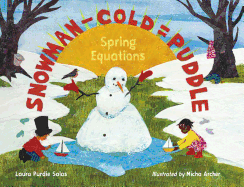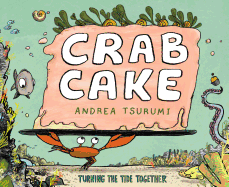_Natasha_Komoda.jpg) |
| photo: Natasha Komoda |
Ross Gay is the author of three poetry collections, most recently Catalog of Unabashed Gratitude. He is also an editor at two chapbook presses and a founding board member of the Bloomington (Indiana) Community Orchard, a nonprofit, free-fruit-for-all food justice and joy project. The Book of Delights (Algonquin), reviewed below, is his first essay collection.
Tell us about the inspiration for The Book of Delights.
I was--this is not a joke--walking back to the castle I was staying in for the month of June in Umbria, at an artists' residency. I was delighted, and acknowledged it. I was like, "Oh, this is really delightful!" It might have been the wildflowers at my feet swooning with bees, or the fig trees (unripe) everywhere, or the way Erykah Badu singing in your headphones usually makes things more delightful. Or the castle, I guess.
But I think catching myself in delight that day made me think it would be interesting and challenging and fun to do every day for a year. It was close to my birthday, so that was an easy form: birthday to birthday. And, too, the fact that I am always hungry, like deeply hungry, for writing about and thinking about and theorizing about and singing about that which I love.
How did you decide which delights to capture and expound upon? (You note that "stacking delights" is itself a delight, but at the same time, you can't write about them all!)
Today, outside my window, is what looks like a weird kind of poppy shrub--a cardinal just flipped by, and there goes her fella--which amazes and delights me, you know, because it's January and, thank god, very cold outside, much too cold for a poppybush to be growing, whatever a poppybush is. Then I realized I'd chucked a couple clementine peels out of the car when I was coming home from the store, and the way they landed behind the bald shrub, and from this distance, makes it look as though they are flowers on the tree, as though they are a poppybush, which they are. And one of those cardinals is so bright, looking right into this window from across the street, that he looks like a red light bulb. I mean, I don't know. There is, along with all else, so much to delight upon, the way I see it.
I remember trying to write about things that really delighted me, but they just kind of spun out as essayettes and didn't go anywhere. So probably I needed the delight to take me somewhere, which could mean associative wandering, or musical wandering, or digging really hard on a thing. But I guess the delights needed to offer a certain amount of puzzlement in addition to delight. They often had to make me ask why a thing delights me, which often took me far from delight--often took me nowhere I would have anticipated.
You talk about delight, and the noticing of it, as a muscle that can be strengthened, or a radar that grows more sensitive over time. Tell us about about the process of finding more delight as you went along.
I think I was prepared for a kind of scarcity of delight. To need to be scouring my life for delight to write these essayettes. And then, as I turned it on, it was like this is what I'm doing, attending to my delight. I found, with that attention, that I am often kind of delighted. And often delighted by things I didn't realize delighted me. And that is a gift--to be like, "Oh, shoot, I love that jade plant that my student gave to me and I have spent all these years never realizing how much I love it!" Or, "I love that candy because it reminds me of my father, who could be so ridiculously sweet to us." To do that again and again. But it took me giving myself the task of attending to and articulating the experience of delight to myself to realize that. Because, the truth is, my inclination has been kind of melancholic plus.
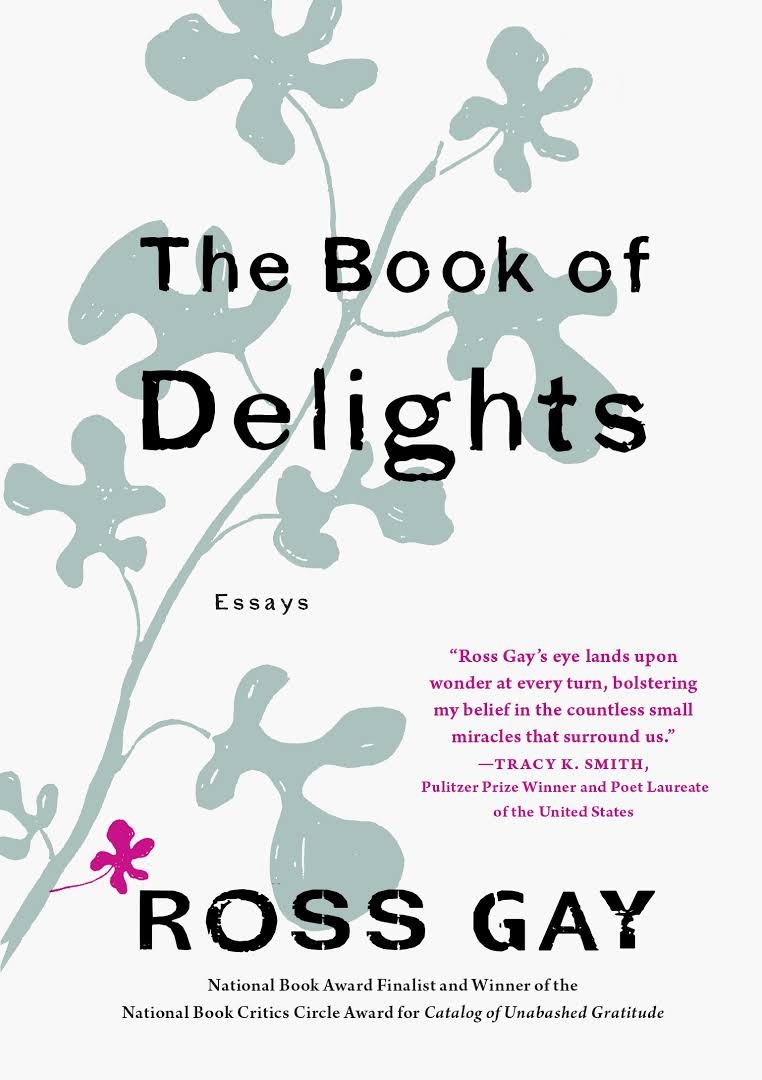 Delight, or at least the public celebration of it, has often been denied to black people in the U.S. Can you talk about writing "a book of black delight. Daily as air?"
Delight, or at least the public celebration of it, has often been denied to black people in the U.S. Can you talk about writing "a book of black delight. Daily as air?"
I think there's a very clear desire (and industry) by some to crush the experience, or to imagine the experience, of black people into, simply, suffering and pain. Like if it isn't pain, it isn't black. If it isn't about pain or reacting to or resisting pain, it isn't black. Something like that. That's bullsh*t, and it's poisonous, all around. (Black pain as a salable product, a good, that's familiar, huh?) I'm interested in the full, weird, complex, surprising, tender humanity of my life, our lives. Which includes delight. (And I recommend Kevin Quashie's book The Sovereignty of Quiet.)
There's a perception that delight, joy or playfulness aren't "serious," or that celebrating them forces people to ignore the harsher realities of life. But your collection draws together the dark and the light, and takes joy and pleasure seriously. Were you consciously trying to strike that balance or was it more organic?
It's a mistake to imagine that what is brutal or awful is the only thing worth talking about. Primarily because the brutal and the awful and the harsh are not the only thing. I mean, what is the world in which the only thing worth talking about or thinking about or meditating on or studying, the only thing worthy of our fullest attention, is that which sucks? What are the results of thinking and counseling that joy--which, in my opinion, comes from the realization that we are utterly interdependent, we are utterly connected (part of that connection being that we all die)--is not worth studying? F*ck that. I want to study the zillion ways we care for each other so that I can get better at caring. I want to study the ways we collaborate, the ways we interdepend, whether we acknowledge it or not, which we damn well better do.
Do you have advice for readers who may be inspired to start their own delight-noticing projects, or write about their delights?
I'm not that good for advice, but I will say there was something useful to me about dailiness, about making writing these delights a practice. I also think having a little time constraint was useful for me; it helped me to think in a looser, non-precious way. I loved writing them by hand, too--that helps me to think more bodily, which I think is more delightful, frankly. And then you can have these notebooks full of meditations on things that have delighted you--how lucky! --Katie Noah Gibson, blogger at Cakes, Tea and Dreams
Ross Gay: Developing the Delight Muscle
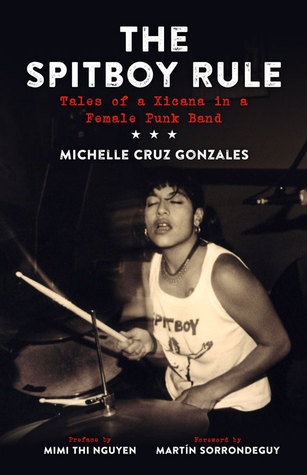 In The Spitboy Rule: Tales of a Xicana in a Female Punk Band (PM Press, $15.95), Michelle Cruz Gonzales, drummer for '90s hardcore band Spitboy, tells of tours both hardscrabble and Scrabble-studded (really--it was a pastime of choice on the road). In Hunger Makes Me a Modern Girl (Riverhead, $16), Carrie Brownstein--now known for the sketch comedy show Portlandia--recalls her youth and her years in Sleater-Kinney, meditating on punk ethos and the roller-coaster of touring.
In The Spitboy Rule: Tales of a Xicana in a Female Punk Band (PM Press, $15.95), Michelle Cruz Gonzales, drummer for '90s hardcore band Spitboy, tells of tours both hardscrabble and Scrabble-studded (really--it was a pastime of choice on the road). In Hunger Makes Me a Modern Girl (Riverhead, $16), Carrie Brownstein--now known for the sketch comedy show Portlandia--recalls her youth and her years in Sleater-Kinney, meditating on punk ethos and the roller-coaster of touring. 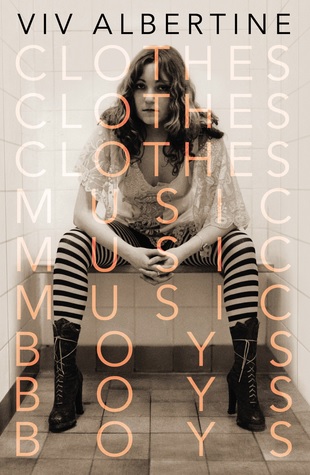 Viv Albertine, guitarist of the Slits, traces her life in the music industry and beyond in Clothes, Clothes, Clothes. Music, Music, Music. Boys, Boys, Boys (Faber & Faber Social, $12.50), shortlisted for the National Book Award. Albertine tackles loves and losses, reflecting on those who inspired her--people like musician Patti Smith. Smith's own memoir Just Kids (Ecco, $16.99), documenting her relationship with Robert Mapplethorpe, won the National Book Award for nonfiction.
Viv Albertine, guitarist of the Slits, traces her life in the music industry and beyond in Clothes, Clothes, Clothes. Music, Music, Music. Boys, Boys, Boys (Faber & Faber Social, $12.50), shortlisted for the National Book Award. Albertine tackles loves and losses, reflecting on those who inspired her--people like musician Patti Smith. Smith's own memoir Just Kids (Ecco, $16.99), documenting her relationship with Robert Mapplethorpe, won the National Book Award for nonfiction. And then there's NOFX: The Hepatitis Bathtub and Other Stories (Da Capo Press, $22.99) by NOFX with Jeff Alulis. More scandalous than literary--but with sharp insights from the Bay Area punk legends--the book features NOFX members sharing their stories individually, chapters alternating among perspectives. It's a wild ride, as all these memoirs are: humorous, painful, loud and unforgettable. --Katie Weed, freelance writer and reviewer
And then there's NOFX: The Hepatitis Bathtub and Other Stories (Da Capo Press, $22.99) by NOFX with Jeff Alulis. More scandalous than literary--but with sharp insights from the Bay Area punk legends--the book features NOFX members sharing their stories individually, chapters alternating among perspectives. It's a wild ride, as all these memoirs are: humorous, painful, loud and unforgettable. --Katie Weed, freelance writer and reviewer


_Natasha_Komoda.jpg)
 Delight, or at least the public celebration of it, has often been denied to black people in the U.S. Can you talk about writing "a book of black delight. Daily as air?"
Delight, or at least the public celebration of it, has often been denied to black people in the U.S. Can you talk about writing "a book of black delight. Daily as air?"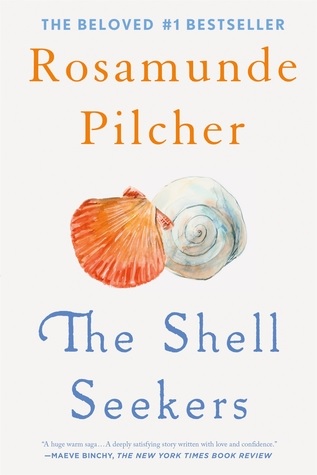 British novelist Rosamunde Pilcher, author of the family saga The Shell Seekers, died last week at age 94. Her novels, primarily romance and women's fiction, have sold more than 60 million copies worldwide. Pilcher started writing at age seven, sold her first short story at 15 and served in the Women's Royal Naval Service during World War II. She published 10 romance novels under the name Jane Fraser before dropping the pseudonym in 1965. The Shell Seekers (1987) was her 14th and most popular novel. Other major works include September (1990), Coming Home (1995) and Winter Solstice (2000). She retired in 2000. Robin Pilcher, her son, is also a novelist.
British novelist Rosamunde Pilcher, author of the family saga The Shell Seekers, died last week at age 94. Her novels, primarily romance and women's fiction, have sold more than 60 million copies worldwide. Pilcher started writing at age seven, sold her first short story at 15 and served in the Women's Royal Naval Service during World War II. She published 10 romance novels under the name Jane Fraser before dropping the pseudonym in 1965. The Shell Seekers (1987) was her 14th and most popular novel. Other major works include September (1990), Coming Home (1995) and Winter Solstice (2000). She retired in 2000. Robin Pilcher, her son, is also a novelist.